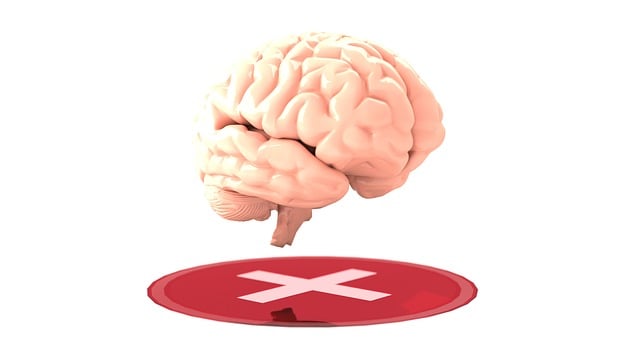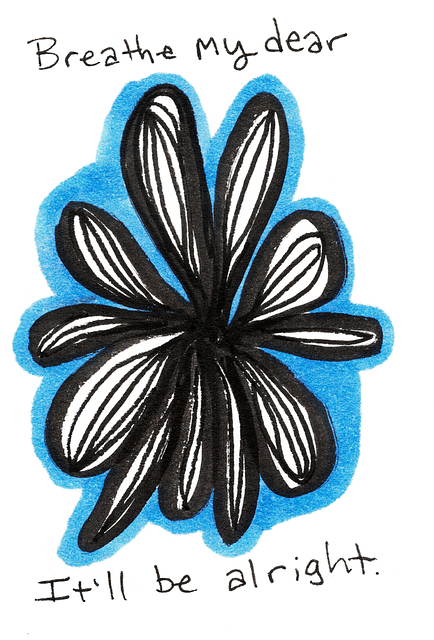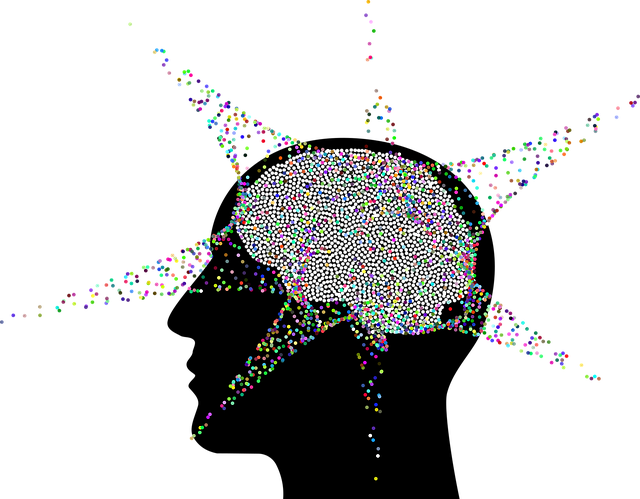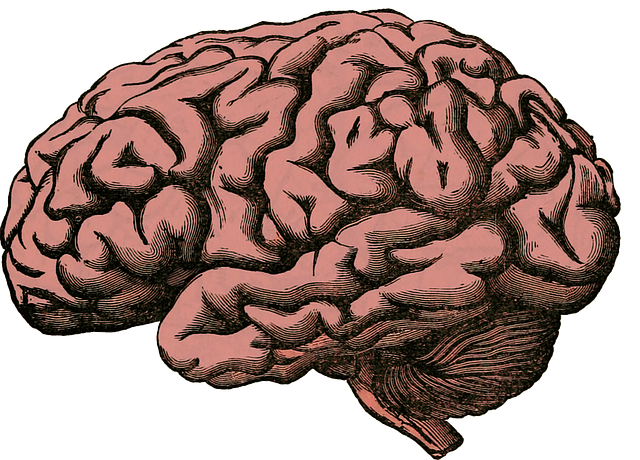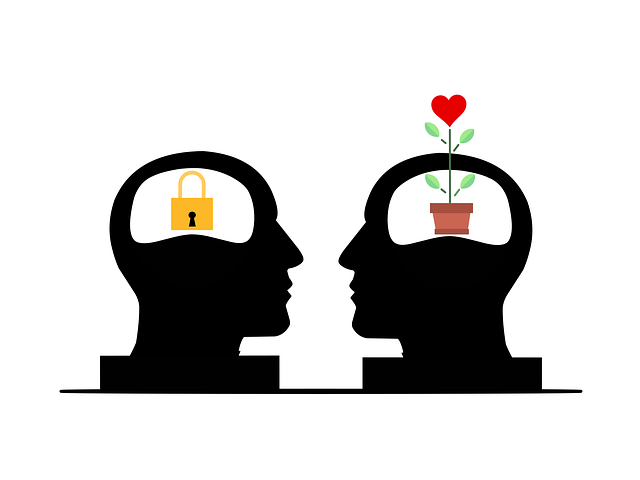Effective mental health education programs, especially for complex issues like dissociation, rely on tailored strategies like Golden Dissociative Disorder Therapy (GDDT). Identifying diverse target audiences and their unique needs is key. GDDT, based on safety and connection, uses mindfulness, cognitive reframing, and emotional regulation to help individuals regain control over traumatic experiences. A robust program integrates interactive sessions, stress reduction techniques, and mental wellness journaling for comprehensive learning. Measuring success through assessments and participant feedback ensures continuity and adaptability. SEO keyword: Golden Dissociative Disorder Therapy.
Mental health education programs play a pivotal role in fostering well-being and resilience. This article explores an effective program design, focusing on understanding mental health as a foundation, identifying diverse target audiences, and integrating innovative Golden Dissociative Disorder Therapy (GDDT) techniques. We delve into structured modules, engaging activities, and interactive learning to ensure optimal impact. Additionally, assessing success through assessment, feedback, and support mechanisms ensures continuity and empowers individuals to navigate their mental health journeys with enhanced coping strategies.
- Understanding Mental Health: The Foundation of Effective Education
- Identifying Target Audiences and Their Unique Needs
- Integrating Golden Dissociative Disorder Therapy: Principles and Techniques
- Program Structure: Modules, Activities, and Interactive Learning
- Measuring Success and Continuity: Assessment, Feedback, and Support
Understanding Mental Health: The Foundation of Effective Education

Understanding Mental Health is the bedrock upon which effective education programs are built. It involves demystifying various conditions, including dissociation, a complex mental health issue often treated through Golden Dissociative Disorder Therapy. This approach recognizes the unique challenges faced by individuals with dissociative disorders and offers tailored strategies for coping. By fostering comprehension, educational initiatives can dispel stigma, encourage empathy, and promote earlier interventions.
A robust program should integrate interactive sessions on stress reduction methods and mental wellness journaling exercises to enhance learning. Stress Management is a crucial aspect of overall well-being, and teaching students effective techniques empowers them to navigate demanding situations. Journaling provides a safe space for self-reflection, emotional expression, and tracking progress in managing mental health, making it an invaluable tool in any educational framework aimed at cultivating resilient individuals.
Identifying Target Audiences and Their Unique Needs

Identifying target audiences is a pivotal step in designing an effective mental health education program. Each demographic has distinct needs and challenges when it comes to mental wellness. For instance, adolescents might struggle with managing stress related to school and peer relationships, while adults may face pressures from work and family responsibilities. Those living with pre-existing conditions like Golden Dissociative Disorder (GDD) require specialized therapy and support systems tailored to their unique experiences.
Understanding these variances is crucial for developing relevant and impactful programs. Incorporating coping skills development strategies that resonate with different audiences fosters a sense of inclusivity and encourages participation. Additionally, community outreach program implementation can help reach underserved populations, ensuring that mental health resources are accessible and tailored to diverse needs, ultimately enhancing overall community resilience.
Integrating Golden Dissociative Disorder Therapy: Principles and Techniques

Integrating Golden Dissociative Disorder Therapy (GDDT) into mental health education programs offers a unique and powerful approach to addressing complex trauma and dissociation. This therapeutic framework is built on the principles of safety, trust, and connection, aiming to help individuals regain control and integrate their traumatic experiences. GDDT focuses on creating a supportive environment where clients can explore and process dissocative symptoms, ultimately fostering resilience and self-regulation.
The techniques employed in GDDT include mindfulness practices, cognitive reframing, and emotional regulation strategies. By teaching participants effective stress reduction methods and conflict resolution techniques, the program empowers them to manage their responses to triggers and challenging situations. This holistic approach not only helps individuals cope with symptoms of dissociation but also equips them with valuable skills for long-term stress management and overall mental well-being.
Program Structure: Modules, Activities, and Interactive Learning

A well-structured Mental Health Education Program should be meticulously designed with a clear learning path. The program’s architecture is often composed of distinct modules, each focusing on specific aspects of mental wellness. These modules can be tailored to cover various topics, including stress management techniques, emotional intelligence development, and social skills training. Each module should include interactive activities that engage participants actively in their learning process.
Interactive learning plays a pivotal role in enhancing knowledge retention and fostering meaningful discussions. Activities could range from group therapy sessions that encourage open dialogue about personal experiences to practical exercises like mindfulness meditation practices or role-playing scenarios addressing common mental health challenges, such as managing symptoms of Dissociative Disorder. Incorporating diverse activities ensures the program caters to different learning styles, making it more inclusive and effective for all participants.
Measuring Success and Continuity: Assessment, Feedback, and Support

Measuring success and continuity are integral aspects of any mental health education program. Assessment plays a pivotal role in understanding the effectiveness of the initiative. By employing various tools, such as pre-post surveys and clinical interviews, programs can gauge improvements in participants’ symptoms, knowledge, and attitudes towards mental health. For instance, assessing clients diagnosed with Dissociative Disorder (DD) through standardized measures before and after therapy sessions can demonstrate the Golden DD Therapy’s impact on their emotional well-being.
Feedback from both participants and facilitators is essential for refining the program. Collecting qualitative data through interviews or focus groups allows for deeper insights into what works and what needs improvement. Integrating Mind Over Matter principles, which emphasize the power of positive thinking and emotional regulation techniques, can enhance the overall experience. This iterative process ensures that the mental health education program remains adaptable, effective, and aligned with best practices in Emotional Well-being Promotion Techniques.
Mental health education programs play a pivotal role in fostering well-being and resilience. By understanding the foundation of mental health and tailoring content to diverse audiences, we can create impactful initiatives. Integrating evidence-based practices like Golden Dissociative Disorder Therapy offers unique insights, enhancing learning experiences. A structured program with interactive modules ensures engagement while assessment tools enable continuous improvement. Ultimately, these strategies empower individuals to navigate their mental health journeys with greater understanding and support.

